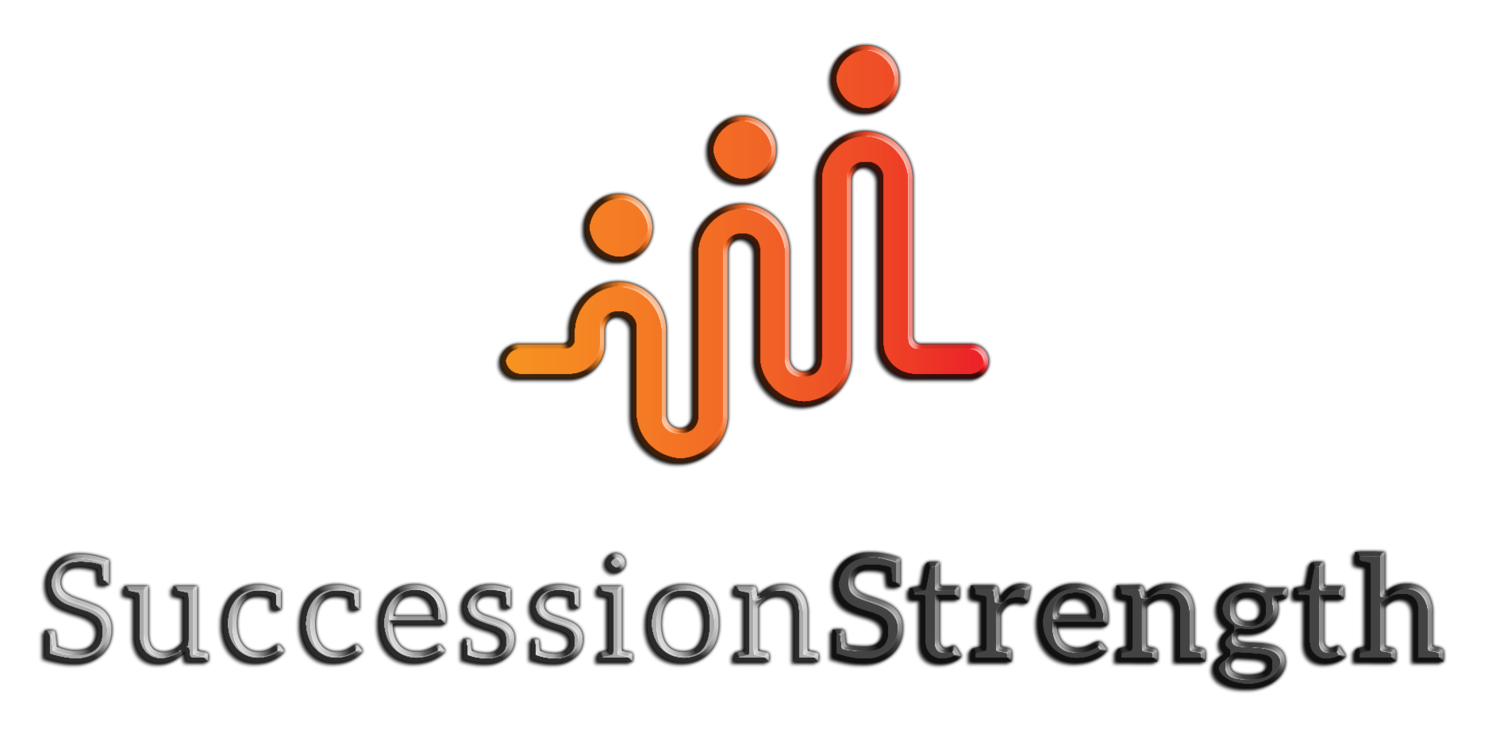Afraid Your Successor’s Vision Will Kill The Business?
Afraid Your Successor’s Vision Will Kill The Business?
Change is hard, especially when we have no control over it. For family business owners, especially, there’s nothing harder than having to sit by and watch a successor take over and begin to tinker with the company that took you years—even, decades—to build and ‘perfect’.
In those moments, it’s hard to remember all the work that went into choosing and preparing that successor for the role. In a sort of amnesia, owners forget why the successor was chosen as the right person for the job and, instead, focus on what they’re doing to “wreck” the business.
Scenarios like this one can spell disaster for a business in transition. If the departing owner isn’t on board, then odds are that the remaining stakeholders in the business - typically the senior management team and employees - won’t be either. Whether intentional or not, the grumbly “old guard” could easily begin to sow discord among remaining employees.
As we help family businesses prepare for and execute smooth successions, we regularly emphasize the need for regular dialogue between all parties - outgoing owner, incoming successor and remaining key employees. One of the critical conversations we encourage revolves around vision.
In this conversation, owners and successors meet to discuss where the company’s been, where it’s going, what needs to change, and what should be preserved. This conversation is critical for aligning on a united vision while acknowledging the differences between generations of leadership.
There are three fundamental questions that need to be addressed in this conversation:
What changes will the successor implement and why?
What legacy issues are at stake for the owner/incumbent?
How much innovative freedom will the company allow the successor to exercise and how soon?
Skipping this conversation can lead to the relational discord mentioned above and grind operations to a halt as leadership gets its act together. In the worst case, this may spell the difference between a successful transition and a failure.
If your company can get owners, successor(s) and existing key employees together to talk about the vision, you’ll fend off the inevitable resistance that comes with change. Instead, you can prepare stakeholders to not only tolerate but welcome needed innovation under the new leadership.
Just imagine the day after the official transition... the outgoing owner has peace of mind and feels confident in the abilities of the successor. The successor feels empowered with the full support of key employees to execute on the relevant changes to the business.
What did you do to prepare yourself and your organization for the change in vision? Get in touch or check out this step-by-step guide to learn how to approach the conversation.
Succession Strength, Inc protects and keeps businesses in business for generations. Take the survey today to assess your family business succession efforts.



